
Had you been around in October 1789, would you have been one of the 7000 women marching on the Chateau de Versailles to demand Louis XVI address the issue of poverty in his nation, or one of the 3000 or so well-powdered, high-powered aristocrats, courtesans and ministers swanning around amongst the gilded furnishings inside with the Bourbon king, his notorious queen, Marie-Antoinette, their family and servants?
The ostentatious trappings of the grand chateau must have infuriated the French revolutionaries. As a symbol of the French monarchy’s power and wealth, they dazzled then as they do now.
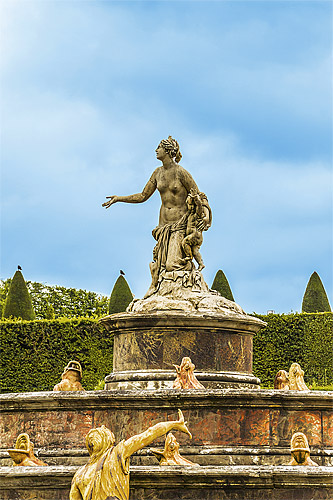
Some might find them a little over the top, the height of bling, as it were, but you don’t have to like the look of them to be able to appreciate the historic value of the 130 sumptuous paintings, tapestries, furniture and statues that will arrive in Canberra from France later this year for the National Gallery of Australia’s summer blockbuster exhibitions, Versailles: Treasures from the Palace.
As the gallery’s director, Gerard Vaughan, puts it, “If ever unbridled power can be expressed through unbridled opulence, this is it.”
Dr Vaughn said at an event yesterday to reveal details of the upcoming exhibition that he was “delighted to bring the grandeur of the culture of Versailles exclusively to Canberra and to make it possible for all Australians to access and appreciate the social, political and cultural aspects of this unique phenomenon”.
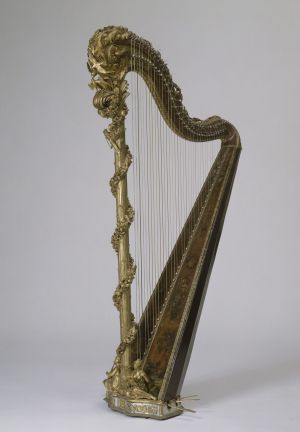
He, like Chief Minister Andrew Barr who spoke later, offered sympathy to France in light of the tragic attack in Nice on Bastille Day. The French Ambassador, Christophe Lecourtier, arrived at yesterday’s announcement at the Gallery fresh from hosting a memorial event at the French Embassy. He said that recent events highlighted the fact that it was sometimes more positive to look at the past than the present.
“… Some of our values that were probably forged not in Versailles, but around Versailles during the 18th century, are still the ones we need to really stick to to be able to build a better century,” he said.
Versailles is undergoing a major restoration program, which is why the objects can travel to Australia during the palace’s tourism off-season.
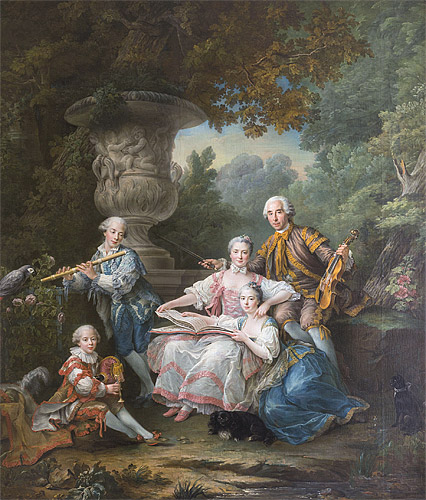
The exhibition in Canberra will celebrate the lives, loves and passions of the people of Versailles through a program of activities including music performances, children’s programs and public events.
Among the other objects that will spend the summer here are a marble bust of Louise XIV, a gilded table that belonged to Louis XV’s eldest son, a formal portrait of Marie-Antoinette as well as her hand-crafted chair and harp, a six-metre tapestry produced for Louise XIV and a 1.5 tonne statue, ‘Latona and her children’, from one the main fountains at Versailles.
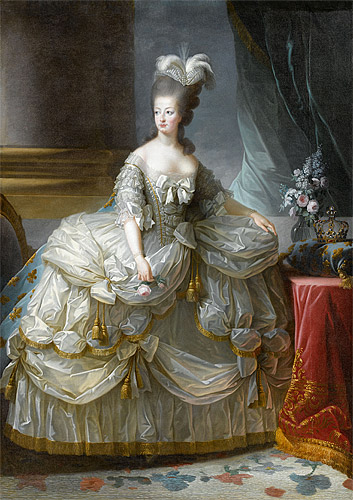
While in previous years the National Gallery has offered timed entry only for blockbusters, tickets for this exhibition will be valid all day for the selected date. They are already on sale via Ticketek (online or by phone on 132 849 or 1300 795 012) and over the counter at the Gallery.
The exhibition will be open from 10am to 5pm from December 9 this year till April 17, 2017 (closed Christmas Day), Gift vouchers are also available, as are premium tickets for viewing with limited groups between 9am and 10am (joining the main hordes thereafter) on weekends.
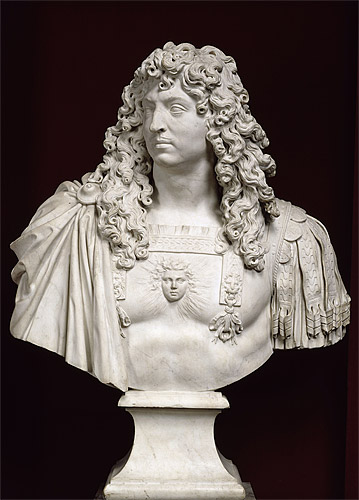
LES FAITS ET LES CHIFFRES
- Versailles was the French monarchy’s principal residence and France’s centre of government from 1682 to 1789.
- It was created when the Sun King, Louis XIV (1643-1715), announced his intention in 1678 to set up court outside Paris and chose Louis XIII’s hunting lodge, 20km from the centre of Paris, as the site for an opulent palace.
- Its chief architect was Louis Le Vau (1612-1670).
- Louis XIV chose the sun, and sun-god Apollo, god of peace and the arts, as his emblem. The Sun King motif is stamped all over Versailles.
- The palace is capable of housing up to 20,000 people in its 700 rooms. It has more than 2000 windows, 1250 chimneys and 67 staircases.
- The gardens took 40 years to complete.
- The garden architect was Andre Le Notre (1613-1700).
- Louis XIV was Europe’s longest serving monarch and was succeeded by his great-grandson, Louis XV (1715-1774), who was known for his love of science.
- Louis XV commissioned the Petit Trianon to house his mistress, Madame de Pompadour.
- Louis XVI succeeded his grandfather in 1774, inheriting a deteriorating kingdom, rumbling with the beginnings of the French Revolution.
- Louis XVI’s infamous Austrian wife, Marie-Antoinette, became known as Madame Déficit because the country’s financial crisis was blamed on her lavish spending and opposition to social and financial reform
- Louis XVI and Marie-Antoinette moved to Paris in October 1789 and were guillotined in 1793.
- While predominantly a tourist attraction today, the palace still serves as the venue for occasional joint sittings of the French parliament, and the country’s National Assembly president has an offical apartment there.
Pictured from top – Tapestry: Manufacture des Gobelins, after Charles Le Brun. The audience with Cardinal Chigi, 28 July 1664 from the series Life of the King. Wool, silk and gold thread; Latona Fountain, Palace of Versailles; John Henry Naderman. Marie-Antoinette’s harp 1775. Gilded and painted wood, metal, bronze, pearl and glass beads; Francois-Hubert Drouais. The Sourches family 1756. Oil on canvas; after Louise Elisabeth Vigee Le Brun. Queen Marie Antoinette 1783. Oil on canvas; Jean Varin. Bust of Louis XIV 1665-6. Marble.












